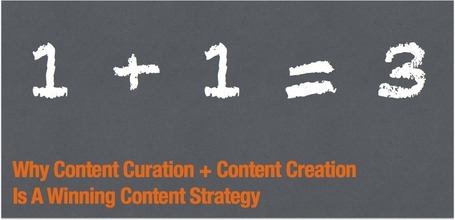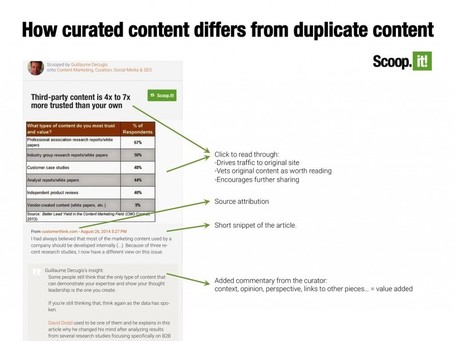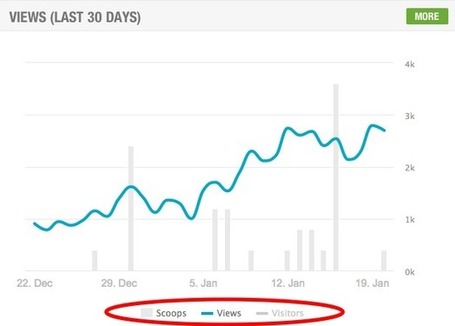
“A few years ago, blogging and social media were separate. Blogging was long-form, serious, and crafted. Social media was short-form, personal, and spontaneous. Some people predicted that social media would replace blogging because of declining attention spans. Now blogging and social media not only amicably coexist; they complement each other. The trick is to use a blog to enrich your social media with long-form posts and to use social media to promote your blog.”
Source: blog.marketo.com
Last year, one of our most successful blog post was titled: “Social Media Publishing Is Dead (as we know it)“. Its premise was that because of declining organic reach for brands and pages on Facebook (that the company was open about and that in fact is impacting all other social networks), social media could no longer be considered as a standalone publishing activity.
What do we mean by that?
Historically, many brands and companies have considered their Facebook, LinkedIn or Google+ pages as some form of web pages they could maintain by publishing content to it and generate engagement, independently of their main website. Community Managers who were independent from Content Strategists were managing these pages with different objectives than the ones being defined for the company’s Content Strategy.
This doesn’t work any more as many now agree, including Guy Kawasaki, the well-known evangelist and author of the Art of Social Media.
Read More


























